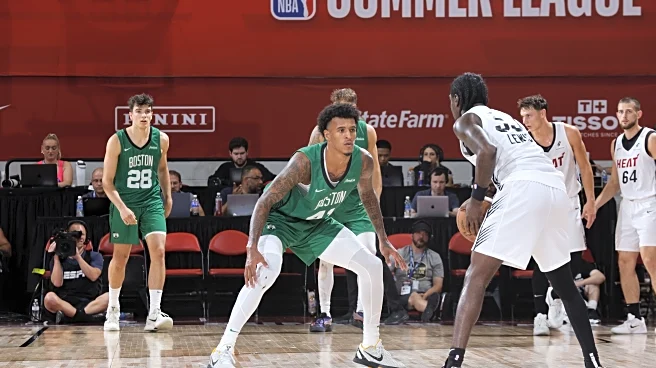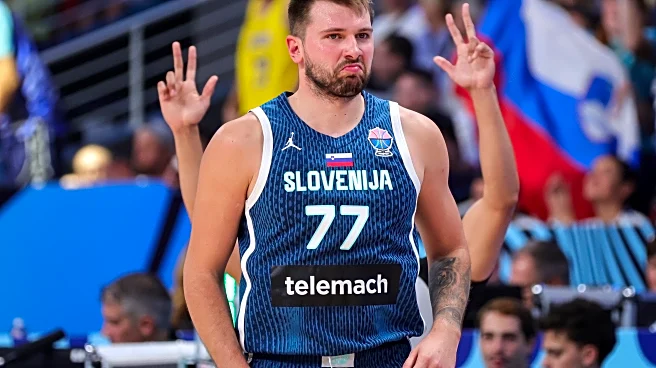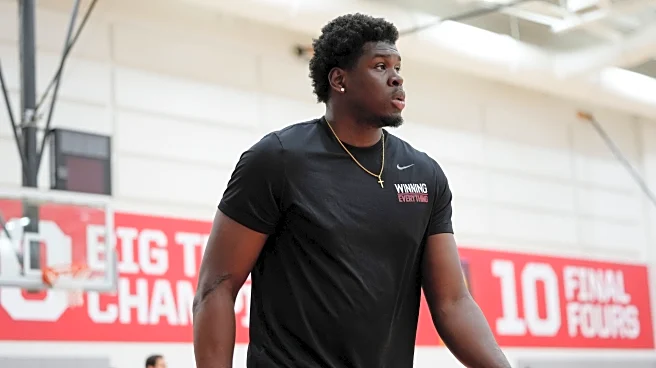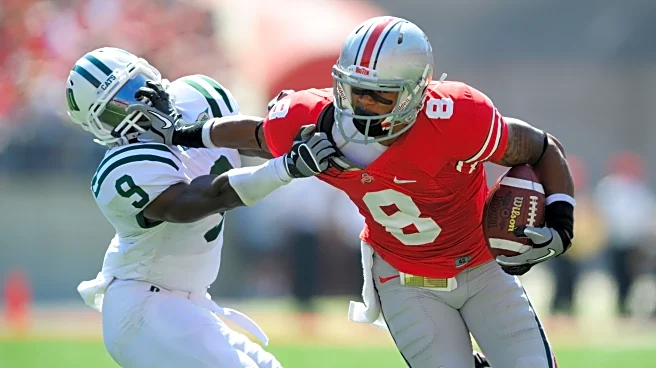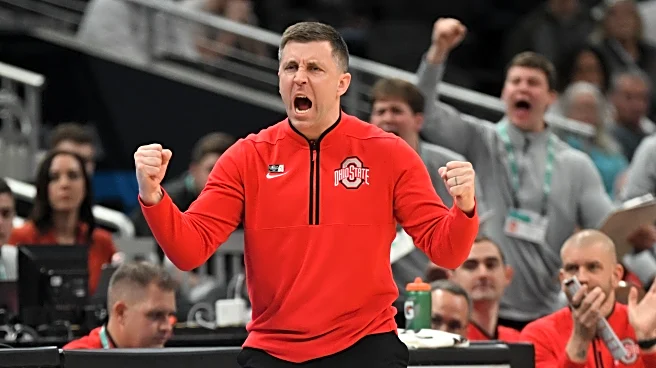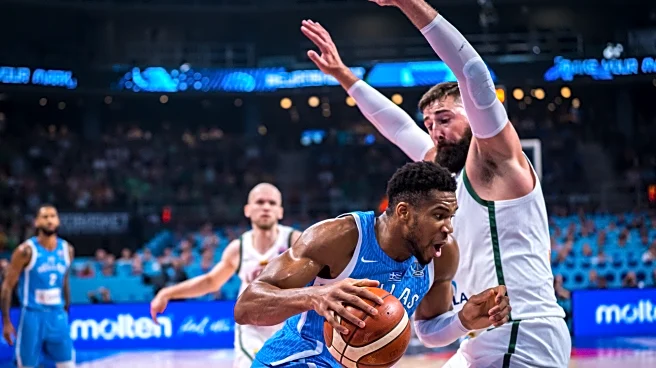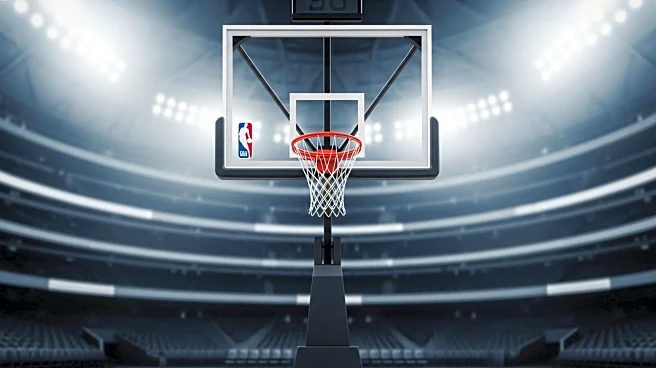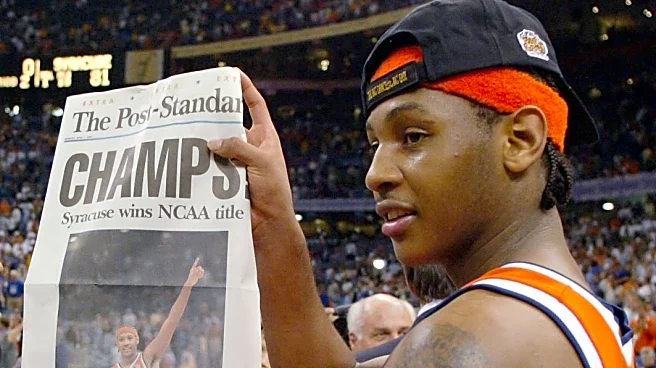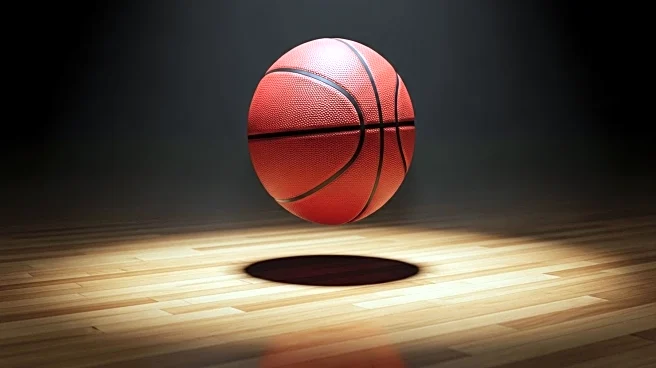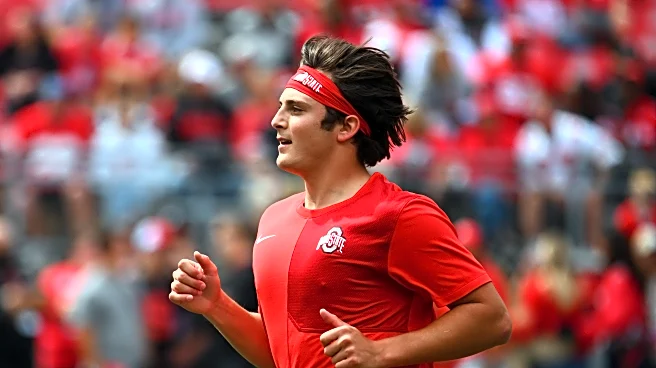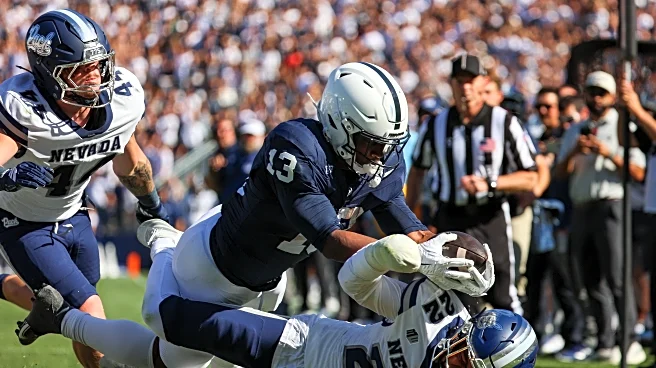There’s just over 50 days (52, to be exact) until college basketball returns, folks. Practices officially start in a few weeks, “secret” and “not secret” scrimmages will be happening by the end of October, and we’ll be seeing a ton of practice film on social media between now and Nov. 3.
Take heart, the off-season is almost over.
Last week, Connor and Justin argued about how important Josh Ojianwuna would be to Ohio State this season. The transfer center from Baylor stands 6-foot-10 and shot nearly
80% from the floor last season, but he is also recovering from a torn ACL suffered in February.
Obviously, his health will play a huge factor to how important he could be for the Buckeyes. Justin said that the fourth-year big man will not even be a factor this year, because he will not play. Connor predicted than Ojianwuna would recover in time to play this year, and would be a game-changer.
After talking to Jake Diebler this week, it sounds like Justin is likely correct, although the coaching staff and medical team for the Buckeyes are not yet ready to “project out a finishing line”, according to Diebler.
Earlier this week, the NBA announced that half-hourt and buzzer-beating heaves would no longer count against a player’s shooting percentage — only the team’s shooting percentage. It’s tough to really know if players avoided taking those shots to protect their numbers, but the league is probably making that change to encourage guys to take those types of shots, potentially leading to more drama and better finishes.
With that on the mind, are there are rule changes or stat changes that would make college basketball better? That’s the topic we’re hitting today. It can be a rule that exists that you think should not exist, a rule that you think needs to be implemented, or even a stat that should be tracked or tracked more.
This week’s question: What rule or stat change would make college basketball better?
Connor: Start showing fouls drawn in the box score
Not only is this a stat that helps tell the story of a game, it also is a skill that players develop as they get older.
How many times have you looked at a basketball box score, saw that a player scored 21 points, but then somehow in the “FG” column, they were only 5-for-7 shooting or something like that? That doesn’t even make sense!
Then you look down the line and see that the player also was 10-for-13 from the free throw line to get their total points.
Some websites like KenPom list how many fouls a player draws per 40 minutes, which is useful over the course of a full season. If you get access to a specific school’s live stats page, you can usually click some tab like “additional metrics” or click specifically on home/away team stats to find how many fouls a player has drawn.
In my opinion, fouls drawn in a stat that would benefit a lot of people by putting it in the main box score.
On top of how mainstream the stat should be, drawing a foul is also a skill that players improve at the longer they are in college. Utilizing shot fakes to get guys in the air and being strong enough to finish through contact is not luck, it is something that begins in the summer when guys are lifting weights so that they can finish at the rim.
Shot fakes and other moves to get defenders to bite and get them in the air take years to perfect. It’s a skill to draw fouls, it’s not just getting lucky when someone happens to slap down on your hand.
If someone draws a ton of fouls, it probably means that the other team isn’t good enough to stop him (or her) from scoring without contacting them in an illegal way. It’s a nod to the scorer, who is proving that they can’t be stopped within the legal rules of the game, so defenders result to fouling to try and stop them.
Let’s start counting those in the box score. Let’s give guys credit for being too good.
Justin: FIBA goaltending
The one change I have always wanted to see implemented in American Basketball is a change to the rule of goaltending.
Currently, the NBA and college basketball rules for goaltending are once the ball is on its downward trajectory and/or above the imaginary cylinder that means over the rim, it cannot be interfered with.
However, in FIBA, the rules are a bit different, and in my opinion, better.
In FIBA, goaltending applies until the ball touches the rim; if a player touches the ball during its downward flight, it is a goaltending violation, and the points are awarded — just like college basketball.
However, once the ball hits the rim, any player can legally play it, including tapping or swatting it away, making the NBA and college basketball’s “imaginary cylinder” rule not a rule. Touching the backboard while the ball is on the rim is considered basket interference.
It is a small rule change that would not come up that much, but I like it.


